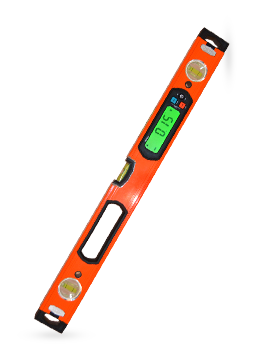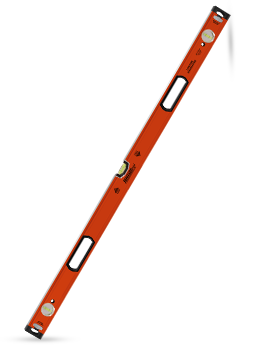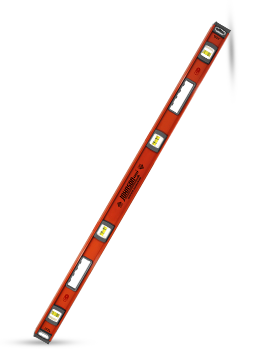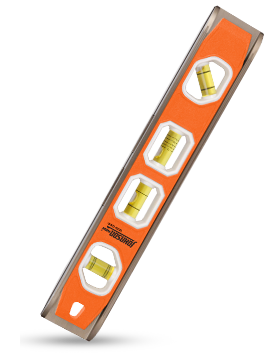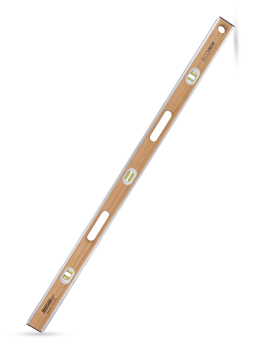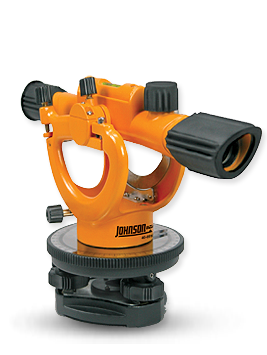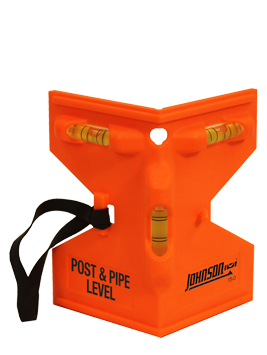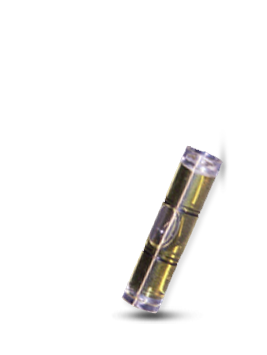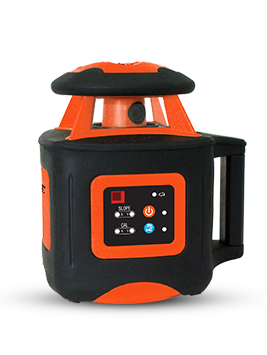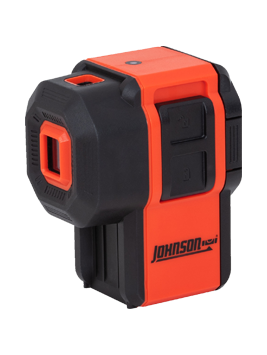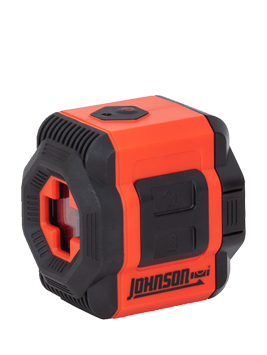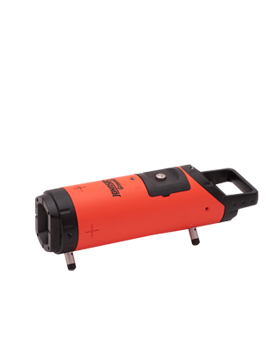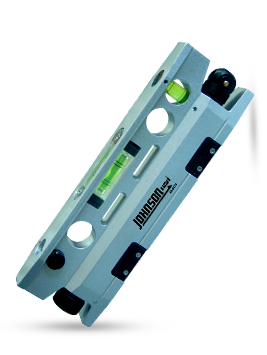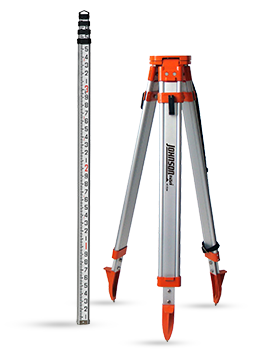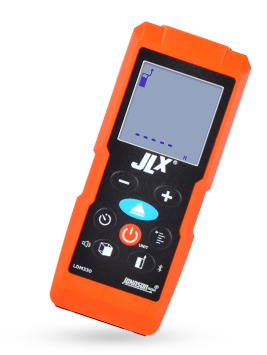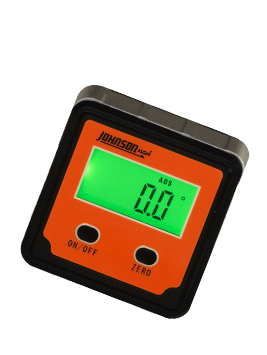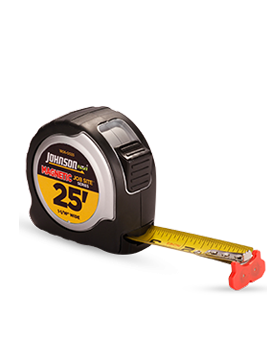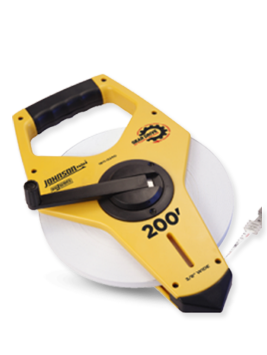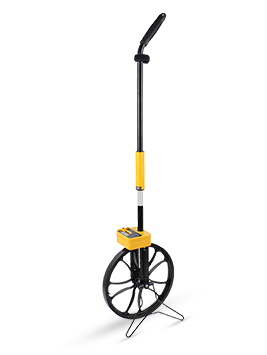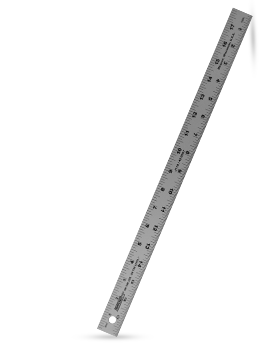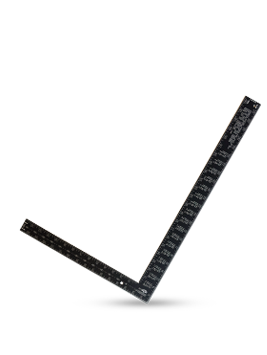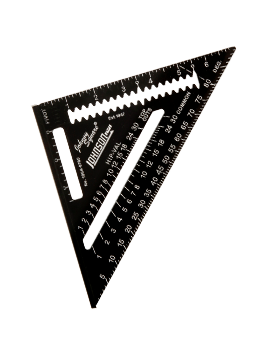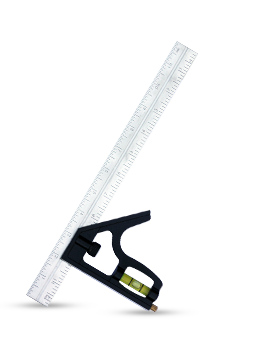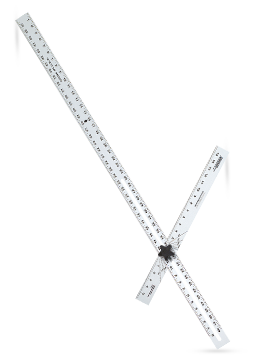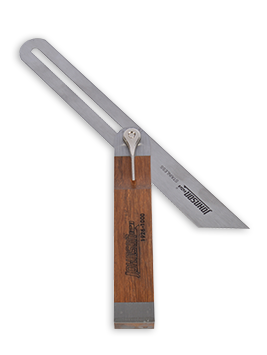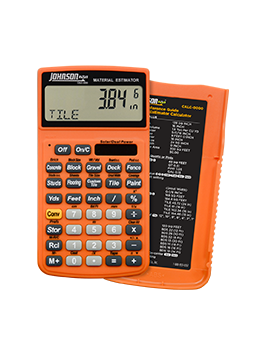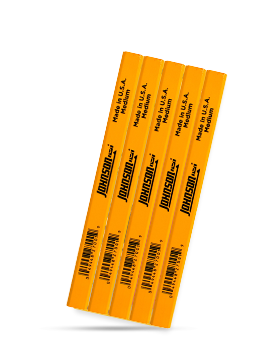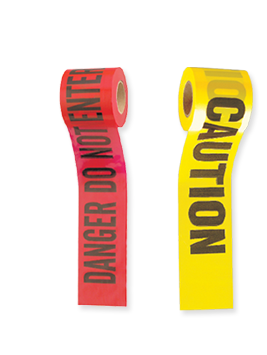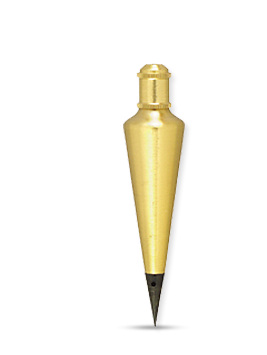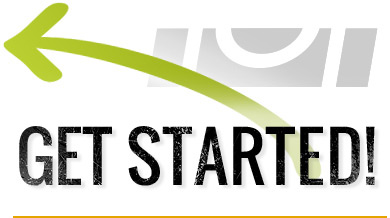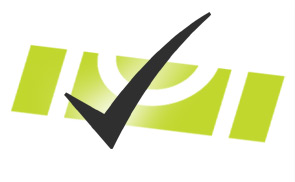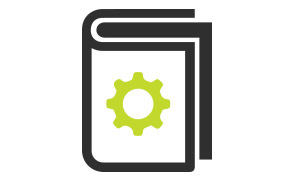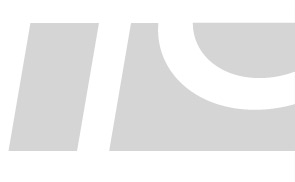The Symbolism of the Mason s Square
Excerpt From: THE WORKING TOOLS OF THE CRAFT, CHAPTER V, MASONIC ESSAYS (1998), W.M. DON FALCONER, THE CRAFT
The three types of square used by operative masons were the square gauge, the trysquare and the gallows square. The square gauge is an enclosed square of the required inside dimensions to test a cubic ashlar or the cross section of the running stone.
The try square has two arms of equal length that include an angle of 90°. It is not calibrated to measure lengths along the arms, because it is only used to test the angle between the two faces of a stone along the arris where they meet, to ensure that they subtend a right angle.
The gallows square is used to set out right angles and has two arms of unequallength that include an angle of 90°. Both arms are calibrated on the inside and outside edges to facilitate the measurement of dimensions when scribing stones for cutting. It is also used to set out column bases, wall recesses and other details in the ground plans of structures. The usual sizes of gallows squares used in operative lodges were the small 2:3 ratio square having 12" x 18" arms; a general purposes 3:4 ratio Pythagorean square having 18" x 24" arms; and a large 2:3 ratio square having 24" x 36" arms that was useful Chapter 5 - The Working Tools Of The Craft Page 10 of 13 for checking corners and other wall intersections internally and externally.
When admitted for advancement as a Fellowcraft in a speculative lodge the candidate is told that, being obligated within the square, he is bound to act on the square to all mankind. This exhortation derives from the operative practice of requiring the candidate to kneel with both knees bare on an ashlar stone placed within the square gauge. The reason for the change is not recorded, but the present method of supporting the candidate's elbow within the angle of a small Pythagorean square was substituted for the operative practice at about the time of the reconciliation between the Antients and the Moderns.
The try square is used in the traditional "Square and Compasses" emblem and is one of the three great emblematic lights of Freemasonry. Because the try square is used to test the angles of a perfect ashlar stone and is a universal emblem of morality and justice that inculcates truthfulness, honesty and a strict obedience to the law of God's Word, it is rightfully included in the three great emblematic lights by which we shall be tried as "living stones". In Isaiah 28, v 16 of the New English Bible we read "These then are the words of the Lord God: look, I am laying a stone in Zion, a block of granite, a precious corner-stone for a firm foundation; he who has faith shall not waver". In Psalm 118, v 22 we also read that "The stone which the builders rejected has become the chief corner-stone".
The gallows square, with arms in the 3:4 or Pythagorean ratio, is the traditional emblem of the Master that has been used by operative masons from time immemorial. It is still used as the Master's emblem by them and by most Continental freemasons. As the gallows square is used to set out the work, which is the Master's duty, so it is the most appropriate square to use as the emblem of the Master's office. For some reason that has not been recorded, but apparently in the 1830s after the introduction of Euclid's 47th Proposition as the basis of an English speculative Past Master's jewel, thespeculative Master's emblem was changed to a try square. Perhaps it better suited the early speculative ritualists' passion for symmetry.
The Master's jewel is a symbolic reminder that his lodge should be justly and properly ruled by his square conduct and impartial decisions. The Immediate Past Master's jewel in English speculative freemasonry is a miniature illustration of Euclid's 47th Proposition suspended from a gallows square with sides of 3 units and 4 units and therefore a hypotenuse of 5 units. Euclid's Proposition is general, but long before him some skilful craftsman in ancient Egypt discovered the convenient right angled triangle with sides of 3:4:5 ratios, although the discovery is traditionally attributed to Pythagoras of Greece, who studied and worked in Egypt. These ratios are the basis of the operative mason's Pythagorean triangle of rods that is used when setting out a structure. It is of interest to note that the jewels of Scottish Masters and Irish Past Masters, as well as of many American Past Masters, incorporate the try square and compasses combined. This is a symbolic reminder that, in addition to conducting themselves squarely and taking impartial decisions,
Masters must keep all their actions within due bounds. The letter G within the square and compasses is a common decoration on the flap of freemasons' aprons in Scotland and America, combining the symbolism outlined above with the following symbolism. In medieval Europe the shape of the gallows square with arms in the ratio of 3:4 was used in ecclesiastical script to represent the capital letter G, because it was exactly the same shape as the Greek letter Gamma and equivalent to G in the Roman alphabet, standing alike for God and His great attribute "Justice". In medieval paintings of the disciples, the gallows square is often found embroidered on their vestments, as it is on some priestly robes to this day. Eminent researchers have stated that the gallows square was also used in early speculative lodges where the letter G is used nowadays, thus at the same time representing God the Grand Geometrician of the Universe and also showing that the square is the most important moral instrument of the Craft.
